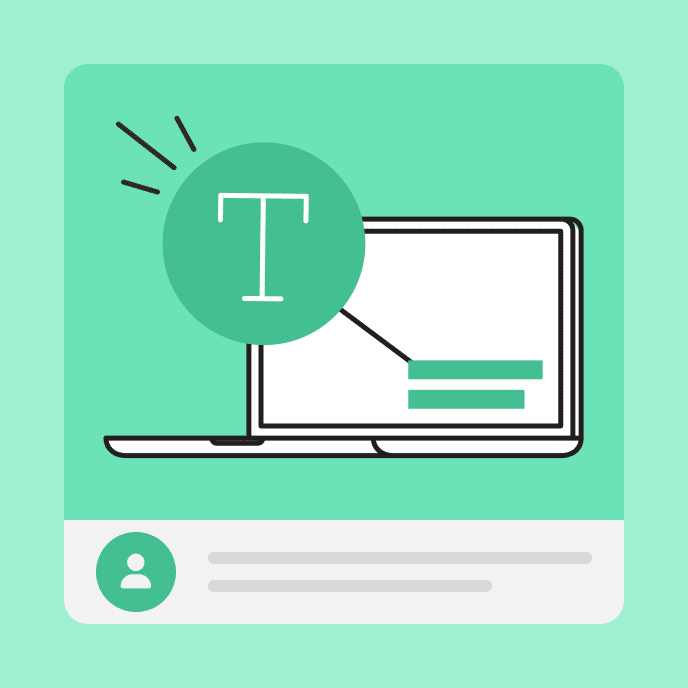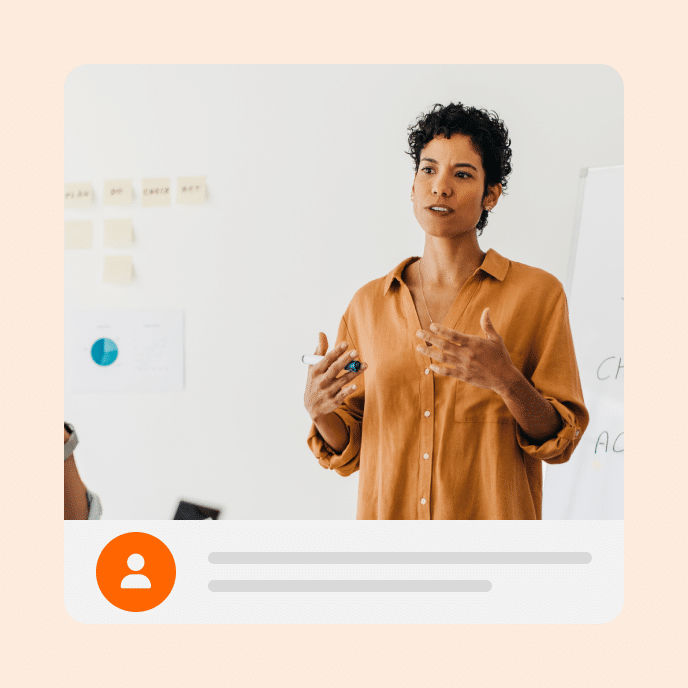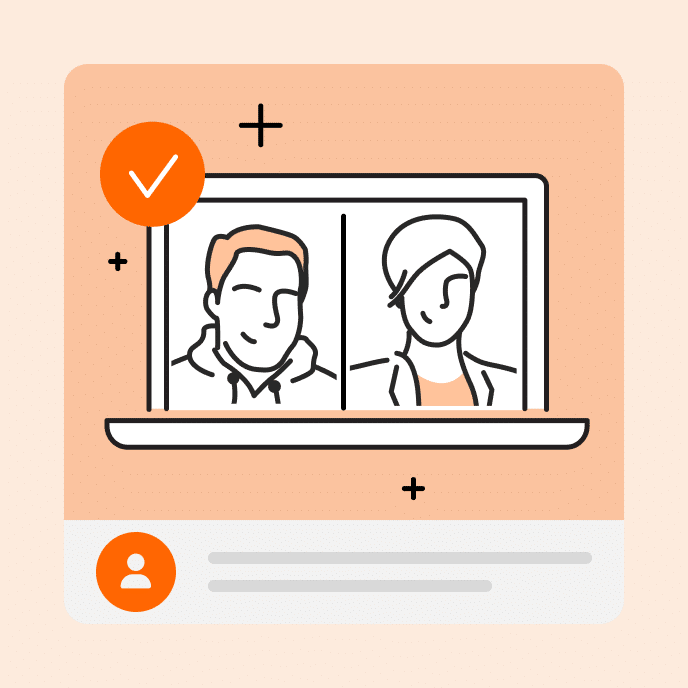Key Questions for E-Learning Success
Learn how to ask the right questions to create e-learning solutions that align with business goals, drive behavior change, and deliver real value to your clients.

To find the best e-learning solution, ask the right questions
Creating effective e-learning isn’t just about technical skills – it’s about understanding your client’s true needs and business objectives. By knowing how to ask the right questions, you can uncover the real goals behind each project and design courses that drive meaningful change. This approach transforms you from a course developer into a valuable strategic partner.
When clients approach you with e-learning projects, they often have an idea of what they want. The challenge is that they often default to training as a solution and they underestimate what it takes to build an effective e-learning course.
Your role is to help them identify their true training objectives and determine the most effective way to achieve them. This process adds value to your service and ensures you deliver what the client really needs, not just what they think they want.
The power of asking the right questions
By asking thoughtful questions, you can help your clients uncover their actual needs and set realistic expectations. Here are some key questions to consider:
Who’s in charge of the e-learning course?
Identify the decision-maker early on to avoid wasting time and resources. Knowing who has the final say prevents situations where you’ve invested weeks in design only to have an unexpected reviewer derail the project. Establish clear lines of communication and approval processes from the outset.
What are your business objectives, and how will this e-learning help achieve them?
This question helps determine if training is the right solution and establishes metrics for success. It forces the client to think beyond just “creating a course” and consider the real-world impact they’re aiming for. Use their answer to develop concrete, measurable goals that will guide your design process and demonstrate the course’s effectiveness.
What behavior changes do you expect from learners?
Understanding the desired outcomes helps you design a course that drives real change. Many e-learning courses are good explainer courses that provide information but they fail to promote performance improvements based on actionable behavior. By clearly defining the expected shifts in learner behavior, you can create targeted content and activities that directly support these goals.
When do you need the e-learning course?
Timelines affect your approach and the tools you’ll use. A two-week deadline requires a different strategy than a six-month project. Knowing the time frame helps you choose appropriate e-learning tools and set realistic expectations for the course’s complexity and features.
What do you know about the target audience?
Understanding the end users helps you create a course that meets their specific needs. If possible, arrange to meet with some of the intended learners. This firsthand insight can dramatically improve your course design, ensuring it resonates with the audience and addresses their real-world challenges. This is probably the most ignored aspect in a lot of the e-learning courses I review. Many are built with no regard to the learner’s needs.
Where will the course content come from?
Identify subject matter experts and content sources to streamline the development process. Determine whether you’ll be working directly with experts, conducting your own research, or navigating a complex approval process. Each scenario requires a different approach and timeline, so clarifying this early is crucial.
What technology constraints should we consider?
Address potential technical issues upfront to ensure smooth delivery. Consider factors like computer access, audio capabilities, network limitations, and tracking requirements. Identifying these constraints early allows you to design within the available technology parameters and avoid costly revisions later.
Key takeaway: Elevate your e-learning projects with strategic questions
Asking the right questions at the start of an e-learning project is crucial. It helps you understand your client’s true needs, set realistic expectations, and deliver a solution that achieves their business objectives. By making this a habit, you’ll consistently provide value and create effective e-learning experiences.
Remember, the goal isn’t just to create a course, but to solve a problem or improve performance. Your role as an e-learning professional is to guide clients towards solutions that truly meet their needs, even if that means challenging their initial ideas. By mastering the art of asking smart questions, you position yourself as a strategic partner rather than just a course developer.
You may also like

How to Create Effective Bite-Sized Learning
Learn how to design bite-sized modules that engage, reinforce, and build momentum without overwhelming your learners or your workflow.

